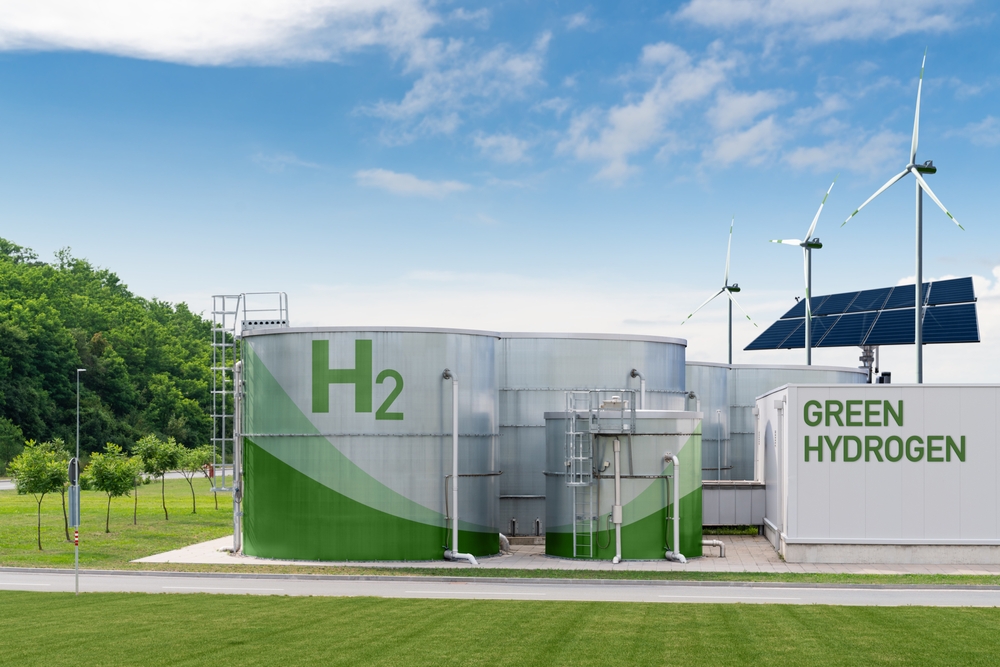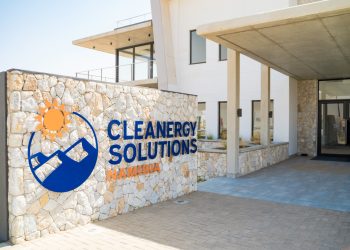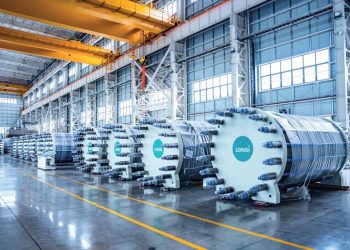
Namibia’s green hydrogen sector is experiencing significant delays due to slow market demand, complex permitting processes and an uncompetitive fiscal framework, according to the Namibia Green Hydrogen Association (NamGHA).
Grant Muller, representing NamGHA, said the sector’s maturity was being slowed by several structural and regulatory hurdles.
He outlined recommendations aimed at accelerating the development of strategic projects and attracting global investment.
“Delay in sector maturity is caused by slow market demand development and the speed of execution in project permitting and approval processes, including land access, servitudes, EPLs, permits, licences, and export infrastructure,” Muller said.
Muller said NamGHA recommends that the government establish an inter-ministerial coordination and governance structure to oversee the implementation of projects outlined in Namibia’s National Development Plan 6 (NDP6).
“Governance structures must be in place to support project developers and expedite approvals for strategic projects,” he added.
He said Namibia’s fiscal regime remains less competitive than that of other countries developing green hydrogen industries, calling for benchmarking against international competitors to create a globally attractive investment environment.
“We need a fiscal regime that enables Namibian projects to compete internationally while fairly compensating Namibia for the establishment and operation of the industry,” Muller said.
Muller also pointed out that the sector lacks specific legislation to support large-scale financing.
He said developers require long-term certainty and stability to meet lender requirements and secure capital for billion-dollar projects. NamGHA, he added, recommends the establishment of comprehensive investor and financier protections to support this.
Despite these challenges, Muller said Namibia’s green hydrogen industry holds substantial economic potential.
Current national targets include producing 1.3 million tonnes per annum (tpa) of green ammonia, expanding to 2.2 million tpa, and 2 million tpa of Direct Reduced Iron (DRI).
He said that once the industry becomes fully operational by 2030, it could contribute US$2 billion annually to GDP and create 30,000 direct jobs, with an additional two to three times that number indirectly.
“Expanding green hydrogen international diplomacy and creating demand mechanisms will enable Namibia to implement these projects as a strategic partner country,” Muller said at the recent Public-Private Forum.
The association’s remarks come as the International Energy Agency (IEA), in its Global Hydrogen Review 2025, reported that global hydrogen demand increased to almost 100 million tonnes (Mt) in 2024, up 2% from 2023 and broadly in line with overall energy demand growth.
The IEA said the uptake of low-emissions hydrogen had yet to meet the ambitions set in recent years, constrained by high costs, uncertain demand, regulatory challenges and slow infrastructure development, but it noted that there were “notable signs of growth.”
“A recent wave of project delays and cancellations has reduced expectations for the deployment of low-emissions hydrogen this decade. However, in the early stages of adopting new technologies, there are often moments of strong progress as well as periods of sluggish development, and several indicators suggest that the sector continues to mature,” the IEA said.
Although final investment decisions (FIDs) continue to lag behind announcements, the IEA reported that more than 200 low-emissions hydrogen production projects have received FIDs since 2020, compared with only a handful of demonstration projects operating at that time.
“Innovation is also moving at an impressive pace, with a record number of technologies across the hydrogen value chain showing significant progress over the past year. The cost gap between low-emissions hydrogen and unabated fossil-based production remains a key barrier for project development, but it is expected to narrow,” the agency said.



